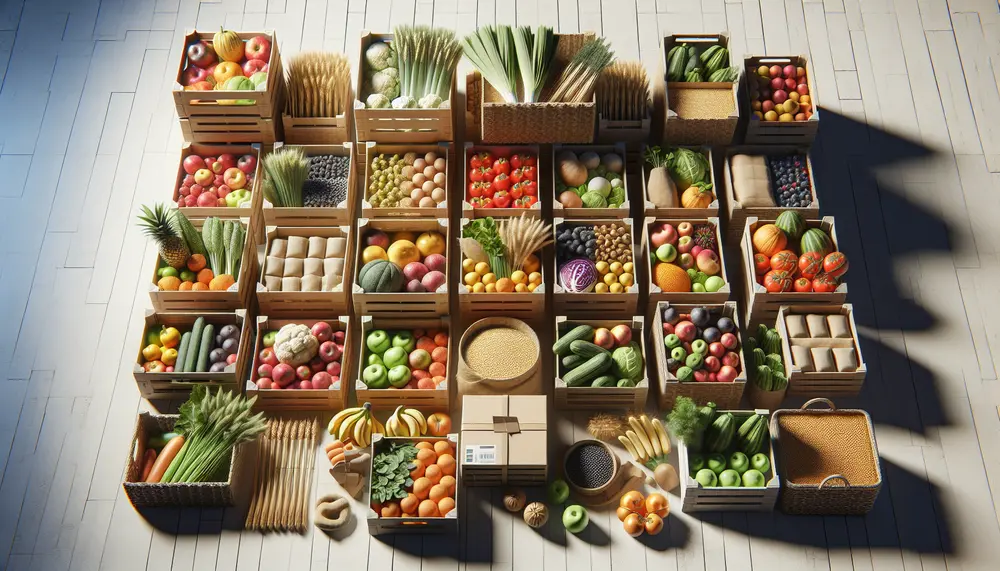Agricultural packaging plays a crucial role in the food supply chain, serving as the unsung hero that ensures crops, dairy, meat, and other produce reach consumers safely and efficiently. As the global population continues to grow, so does the demand for food, putting immense pressure on agricultural systems. Ensuring that this food arrives intact, fresh, and uncontaminated is essential. This is where agricultural packaging steps in to protect not just today’s food but also the sustainability of future supplies.
The Importance of Agricultural Packaging
The agricultural sector relies heavily on packaging to safeguard the quality of its products. Whether it’s grains, fruits, vegetables, or animal products, every type of produce requires a specialized packaging solution that meets its unique needs. For example, fresh fruits need breathable containers to prevent moisture buildup, while grains require moisture-resistant packaging to avoid mold or spoilage. This specificity helps reduce food waste—a significant global issue—by extending the shelf life of agricultural products.
Moreover, packaging ensures traceability, which is increasingly important in today’s world where consumers demand transparency regarding where their food comes from. Barcodes, QR codes, and other tracking mechanisms embedded in packaging allow for the precise identification of a product’s origin and its journey through the supply chain. This traceability is vital in addressing food safety concerns and facilitating efficient recalls in case of contamination.
Packaging Innovations and Sustainability
One of the most pressing concerns in the packaging industry is sustainability. Traditionally, agricultural packaging materials such as plastic have contributed to environmental pollution. However, recent advancements have focused on creating eco-friendly alternatives, including biodegradable and recyclable materials. These innovations reduce the carbon footprint of agricultural packaging and help address the broader challenge of climate change.
Innovative companies in the sector are working on packaging solutions that can break down naturally without leaving harmful residues, offering hope for a future where food packaging is both protective and environmentally friendly. For instance, some biodegradable materials are derived from renewable resources such as cornstarch or sugarcane. These alternatives provide the same protective qualities as conventional packaging but have the added benefit of minimizing environmental harm.
The Role of Packaging in Food Security
In addition to reducing waste and improving sustainability, agricultural packaging is critical in ensuring food security. Efficient packaging minimizes post-harvest losses, particularly in developing countries where inadequate storage and transportation infrastructure often lead to significant food waste. Proper packaging enables agricultural products to withstand long transport times and extreme conditions while maintaining their nutritional value and safety.
As we look to the future, the importance of agricultural packaging cannot be overstated. It will play a key role in feeding a growing population while protecting the planet. To meet this challenge, packaging solutions will need to continue evolving, prioritizing both the safety of the food supply and environmental sustainability.
For more detailed information about packaging innovations and industry leaders, you can visit Sprosty Packaging, which offers cutting-edge solutions to meet the demands of modern agricultural supply chains.
Conclusion
Agricultural packaging is more than just a protective layer; it is a critical component of our global food system. As we strive to feed an expanding population and address the impacts of climate change, sustainable packaging solutions will be key to securing a reliable and safe food supply for future generations.

